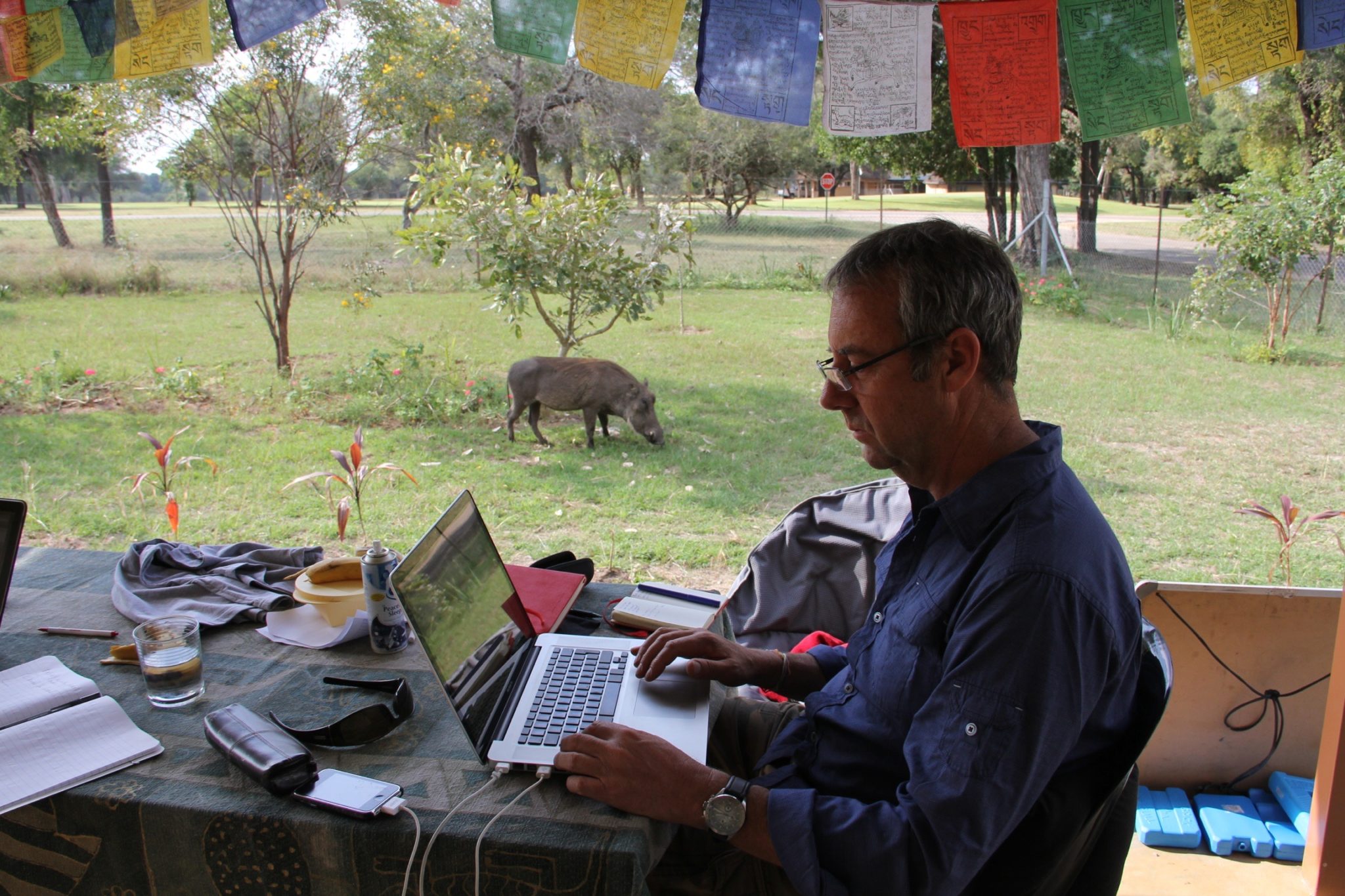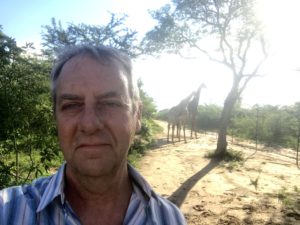
Colorado State University Geography Professor David Bunn and his research group have won a $750,000 award from NASA to develop an “ecological forecasting” system for South Africa’s Kruger National Park and the surrounding region. The proposal will enable scientists to better study and support conservation in and around Kruger, applying species distribution data collected from the field as well as land-use and land- cover change data from NASA earth observation satellites.
“This is extraordinarily exciting,” said Bunn. “We are now able to bring together leading savanna scientists to consider the possible future trajectories of one of the world’s most ambitious experiments in protected area ‘rewilding.’ Three U.S. universities will be collaborating with South African National Parks, tribal authorities, nonprofits, and municipal conservation managers to produce predictive data systems that can easily be used on the ground for urgent and equitable conservation solutions.”
The grant is the latest in a series of successful NASA awards this past year featuring team members Jody Vogeler of the Colorado State University Natural Resource Ecology Laboratory and Melissa McHale of the Department of Ecosystem Science and Sustainability at CSU.

The park and surrounding areas, where Bunn and McHale lived and conducted research for years, are a biodiversity hotspot, and Kruger is one of the largest parks in the world. Covering more than 7,500 square miles, and part of a wider, 14,000-square-mile transnational conservation zone, it’s also one of Africa’s most diverse wildlife regions. Open savanna grasslands and mixed woodlands provide habitat for the “big five” African game species – elephants, lions, rhinoceroses, leopards, and Cape buffalo – along with many other rare species, including packs of the endangered African wild dog.
“The area we are studying is complex and very varied,” said Bunn. “It has seen massive changes since the end of apartheid in 1994, resulting in a mosaic of communal lands, private reserves, state protected areas, and game ranches.”
The group’s challenge now is to model effective ways of connecting these fragmented zones, but in a manner that supports the needs of rural communities previously marginalized by apartheid conservation.
Bunn and his team will aim to facilitate more proactive conservation management. With NASA funding and technical support, the researchers will build a data-driven program that can allow managers and scientists to recognize and even project the effects of new development on the park region and its wildlife populations. The proposal, “Biodiversity, connectivity, and ecological forecasting: applying NASA earth observation data to conservation management in the Greater Kruger National Park region, South Africa” will specifically develop an “ecological forecasting framework” using on-the-ground surveying, satellite data from NASA, aerial photography, and other sources. The program will also help guide efforts to protect and restore wildlife migration pathways and habitat.

“What is especially exciting, for us,” Bunn said, “is the role CSU will now play in deploying advanced earth-observation technology, such as the GEDI high-resolution laser on the International Space Station, in the service of rural southern African communities.
“At the same time,” he added, “this is by no means a neo-colonial gesture: We will be collaborating directly with top African scientists and learning from highly sophisticated kinds of local and indigenous knowledge.”
The research group includes Vogeler and McHale as well as Sharon Hall at Arizona State University, Neil Carter at the University of Michigan, Laurence Kruger from the Organization for Tropical Studies, Karen Vickers from the Nsasani Trust, and Izak Smit of South African National Parks.